13 x 13 cm. each. Painted in cobalt blue, brown, green and honey-coloured mineral glazes on a white ground, their rhythmic Renaissance design includes flowers composed of acanthus leaves.
Given their square format, these tiles originally formed part of the sort of tiled wainscoting for which the patios and interiors of Andalusian buildings are renowned. Similar tiles were used in many early sixteenth-century Spanish palaces, churches, convents and monasteries that survive to this day, e.g. the Casa de los Pilatos in Seville, commenced in 1492 but entirely remodelled by the first Marquess of Tarifa from 1520 – 1539. The walls of this spectacular palace are tiled from floor to ceiling.
While the taste for tiled walls in Spain dates from the medieval Muslim period
(witness the celebrated hand-cut mosaic wall panels of the Alhambra in Granada and the Royal Alcázar of Seville), in the early 16th century a new method enabled potters to turn out polychrome tiles in quantity. These tiles are a fine example of the important Spanish technical contribution to the history of ceramics known as cuenca or arista,
in which the lines that separate colour sections are raised, reflecting the impression of wood or fired biscuit moulds on damp clay. Arista swept Seville in the early 16th century, permitting rapid, large-scale production; exports abroad (many such tiles are found in English and Italian churches, as well as in the New World); and extensive tile use at home.
References:
* Pleguezuelo, Alfonso. Lozas y azulejos de Triana: Colección Carranza. Sevilla: Instituto de la Cultura y las Artes de Sevilla, 2011.
* Ray, Anthony. Spanish Pottery 1248 – 1898 with a catalogue of the collection in the Victoria and Albert Museum. London: V & A Publications, 2000, p. 357 ff.
* Sancho Corbacho, Antonio. La cerámica andaluza. Azulejos sevillanos del siglo XVI, de cuenca – Casa de Pilatos. Seville,1953.





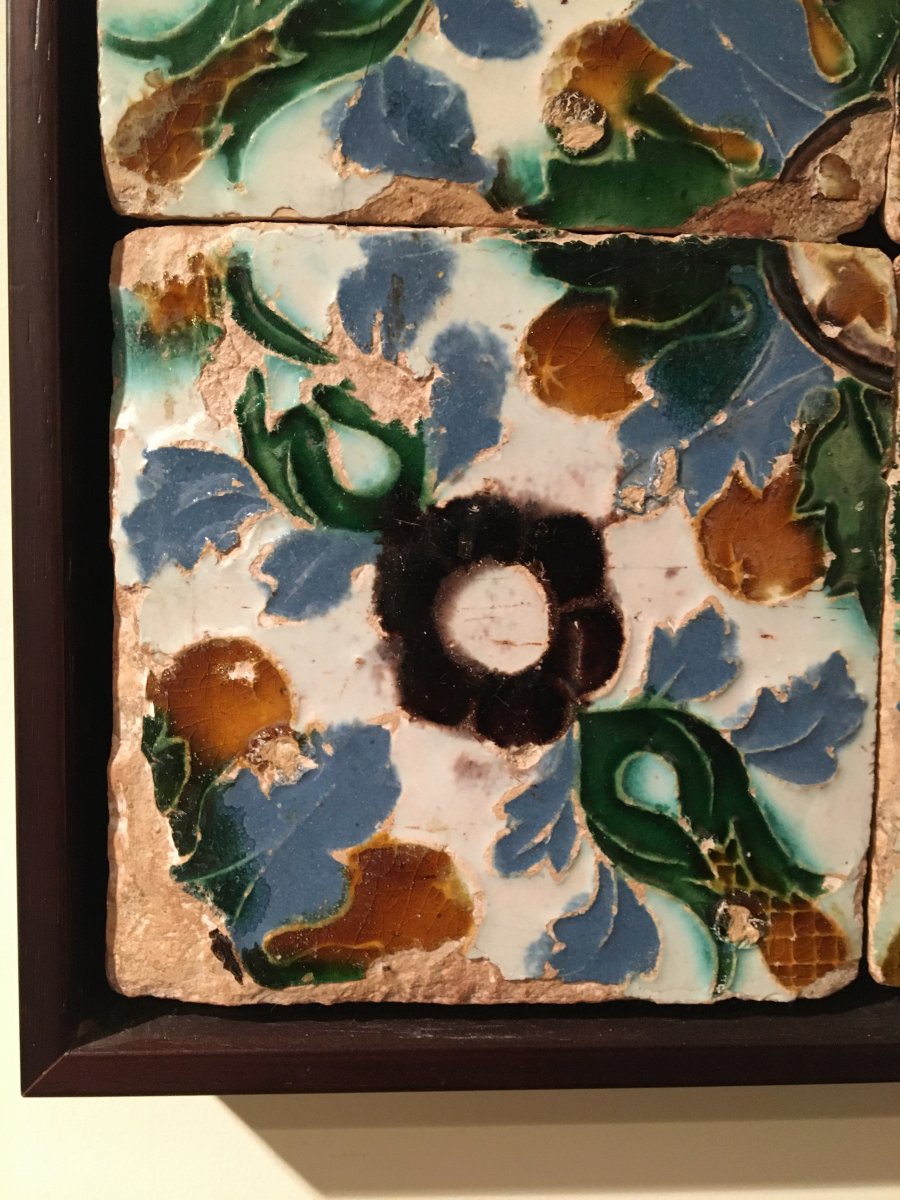
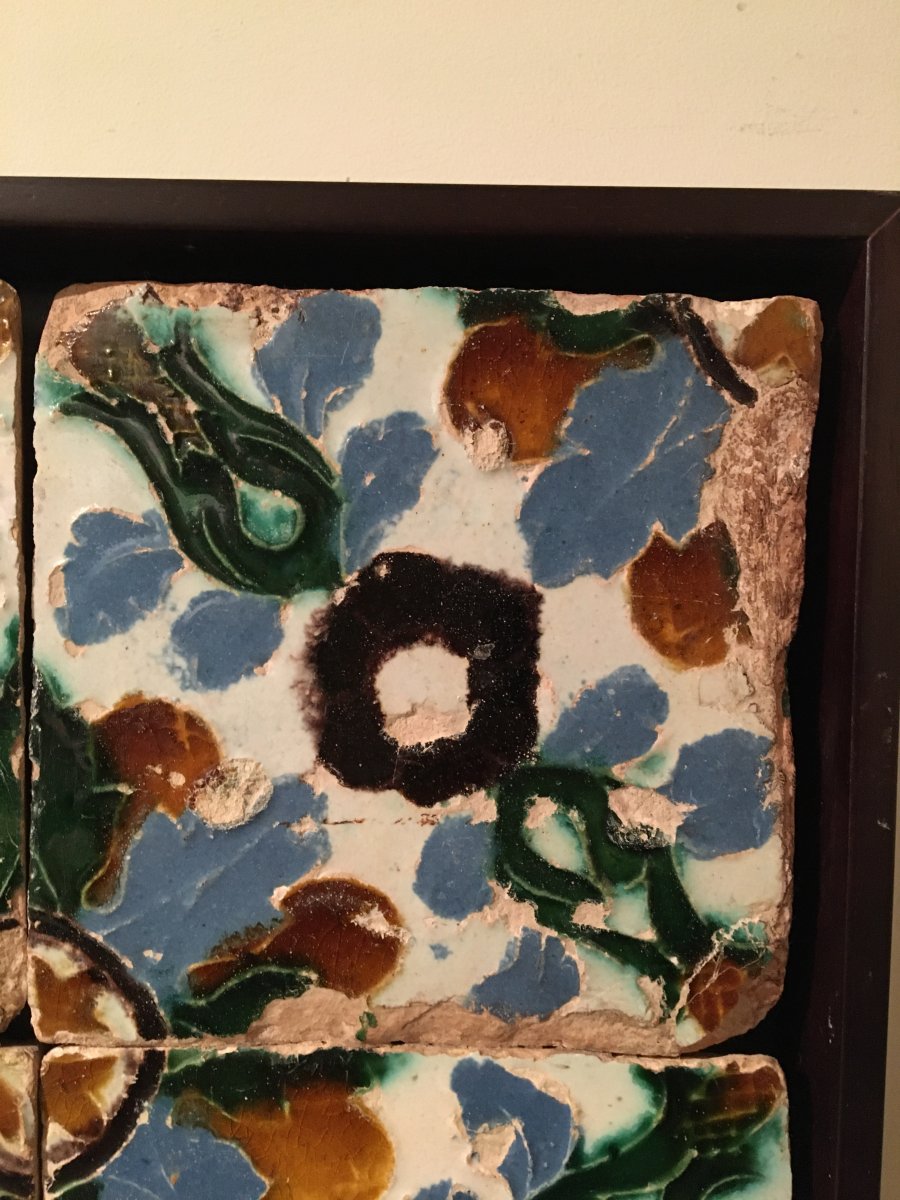
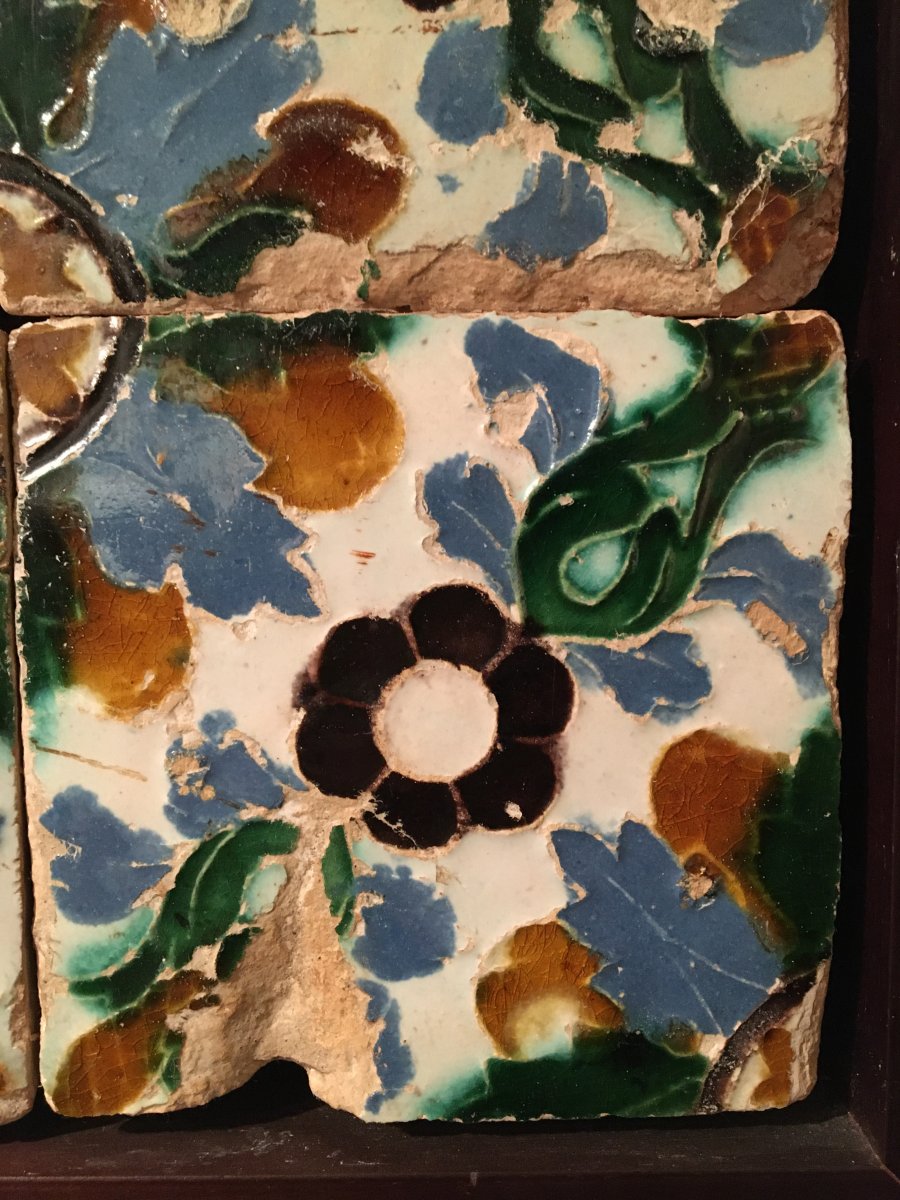


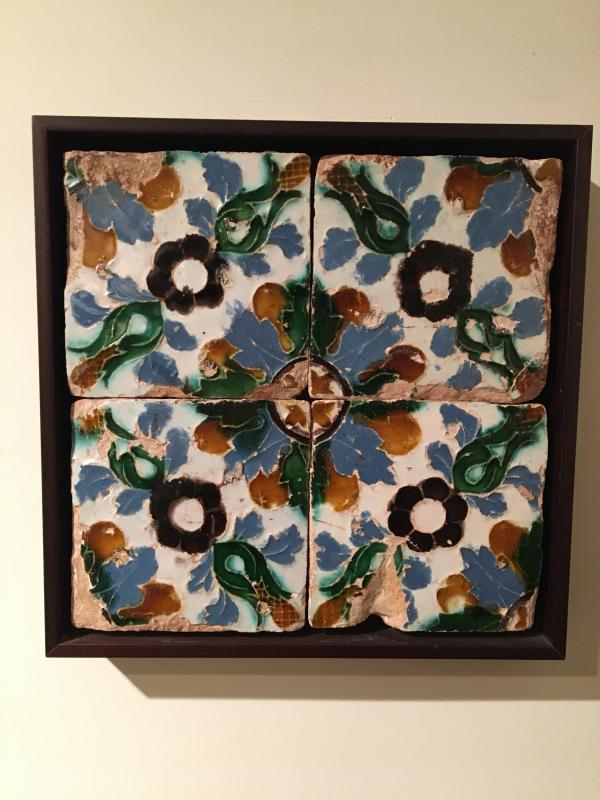
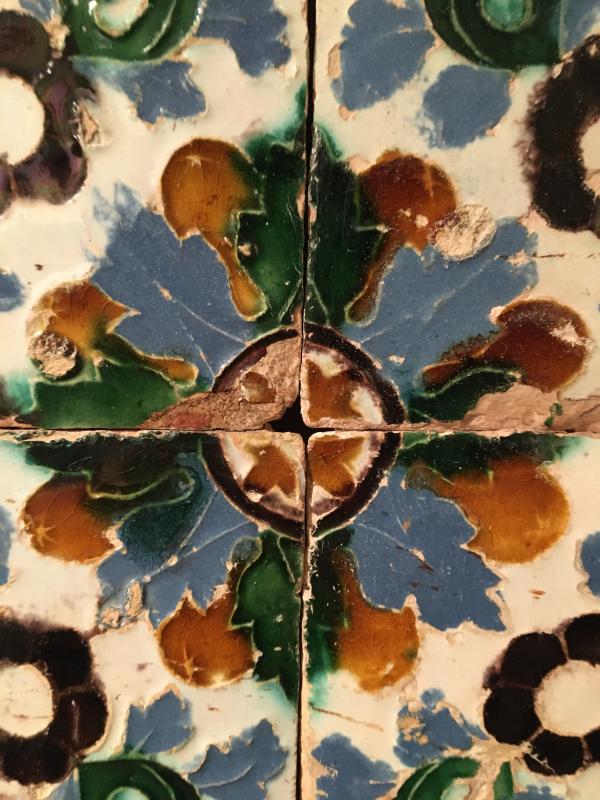



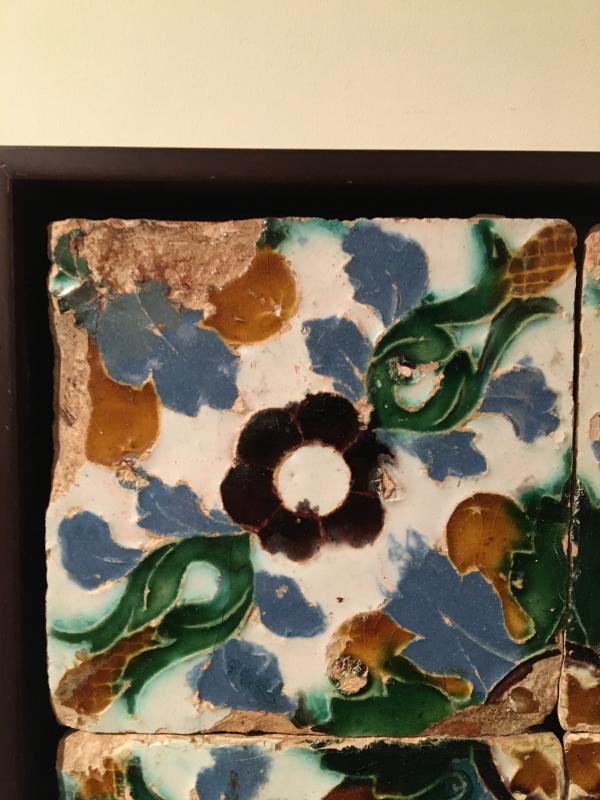








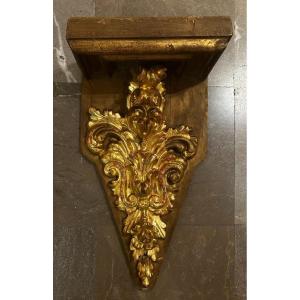

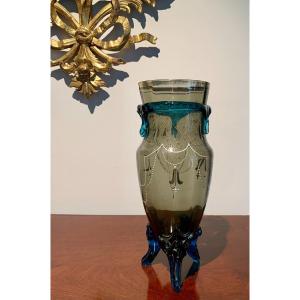




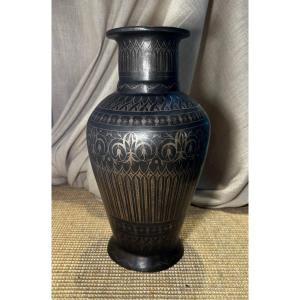

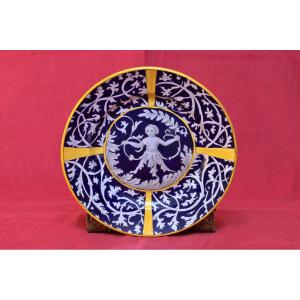

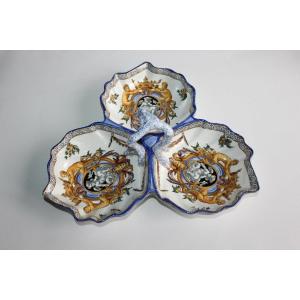
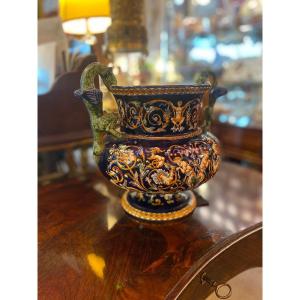



 Le Magazine de PROANTIC
Le Magazine de PROANTIC TRÉSORS Magazine
TRÉSORS Magazine Rivista Artiquariato
Rivista Artiquariato